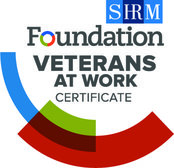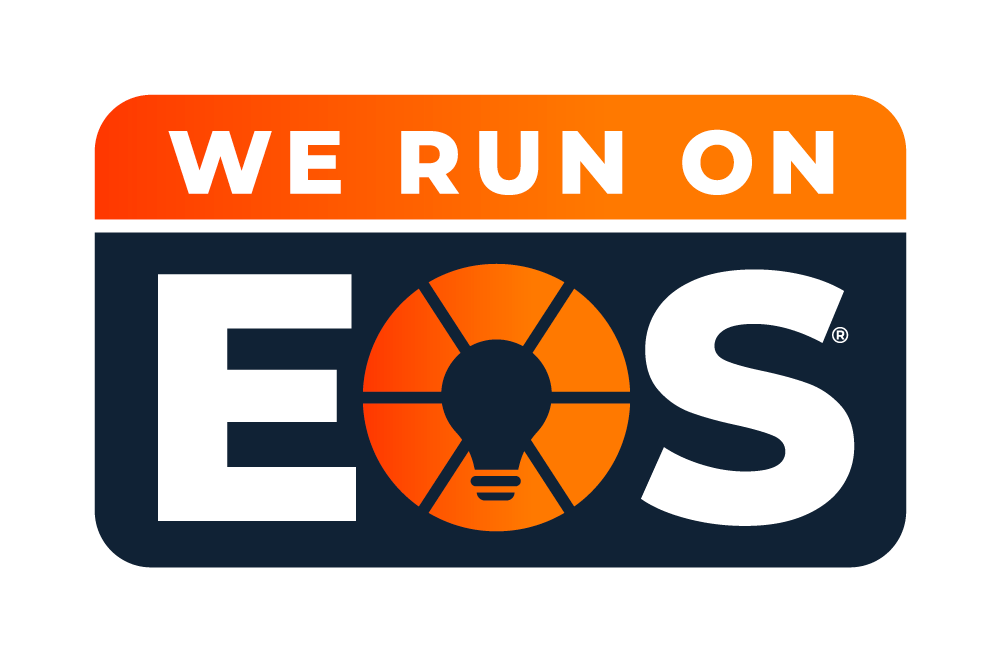Wrap Rate Government Contracting
Even if you are in a less competitive field or have a unique offering for a customer with a ton of funding, government contractors must monitor and maintain their wrap rates.
Companies can sometimes view this exercise as an annual corporate budget where you occasionally look at how you are doing and often look back and ponder, “What were we thinking?” This is not enough by a long shot.
The best practice is to review your financials each month and include an analysis of how you are performing. You should learn how to complete reviews monthly, make adjustments quarterly and consider a complete overhaul semi-annually to achieve your goals.
What Is a Wrap Rate?
Want an efficient way to determine the competitive cost of labor units before profit margins are added on? You can calculate the pricing of your services and products with wrap rate government contracting.
A wrap rate gives businesses insight into the pricing suited to buyers’ needs. The calculations can help companies decide if their proposal terms will be feasible or too high for the government to accept.
Additionally, the information can assist with forecasting and budgeting. As a result, businesses can plan how much to bid and predict where they stand compared to their competitors.
Calculating Wrap Rates
Calculating wrap rates for government contracting is essential for estimates. The calculation allows contractors to reflect their job costs on project bids accurately.
Generally, you multiply unit costs by the base pay of an employee. The result provides a unit of labor’s base dollar cost. Fringe, overhead and general and administrative (G&A) expenses are applied.
After determining the indirect costs, they’re added to the base dollar for hourly labor costs. Calculating the rates makes you better prepared to measure the actual costs of labor for future projects.
Benefits of a Wrap Rate Formula
An effective formula provides many advantages, including the following:
Effective Calculations
Save time and effort when you simplify the cost calculations for the prices in your proposals. The formula adds all indirect costs to get a single rate, so you don’t have to calculate each indirect expense separately.
Cost Visibility
Gain more transparency about indirect costs when determining the pricing for your proposals. The comprehensive view offers more clarity and accuracy so you can cover all necessary expenses when bidding on a government contract.
Easy Pricing Analysis
Analyze the impact of potential pricing changes so you can make informed decisions. The insight lets you determine the most cost-effective and competitive pricing strategy for your government proposals.
Compliance
Ensure compliance with cost accounting and pricing regulations with the calculations. The rates enhance the credibility of your proposals and minimize the risk of contract disputes or audits.
Flexibility in Developing Proposals
You can make adjustments to your direct costs and profit margins according to each contract’s requirements. The flexibility allows you to customize your pricing proposals to meet government agency needs while maintaining a beneficial pricing structure.
Ways to Lower Your Company Expenses
When evaluating your company’s performance and goals, consider the following:
- Space: Do you really use it, do you need it and what is your company culture? Larger System Integrators are shedding their bloated infrastructure. Don’t build one unless you’ve got 5-year POP’s with all contractor site rates. And even then, keep it lean.
- Wellness: When was the last time you competitively shopped your benefits? Or even your broker? Don’t get tied up in the same old “we only have a 2-5% increase, so that’s great” mentality. Depending upon your size, self-funding in some capacity may be of interest. Does anyone use the vision policy? What about dental? Have you considered reducing your contribution?
- Training: With all of the online options these days, does your team really need individualized training or would an online package work? You could offer this benefit to more employees at a lower overall cost.
- Education: Consider reducing the tuition reimbursement if very few people are using it. It’s nice to tout to potential new hires, but in reality, it’s not a deal-breaker. If it is, bonus the employee out to cover the costs.
- Business development: Is the team on track to meet their goals this year, or has performance been underwhelming? It’s time to take stock of what’s working and address what isn’t working so you can make smart business choices and save money in the long run.
Achieve Your Goals With BOOST
Want to learn how to win and maintain more contracts in the GovCon industry? BOOST is ready to help! To learn about our consulting services, contact our team today!





